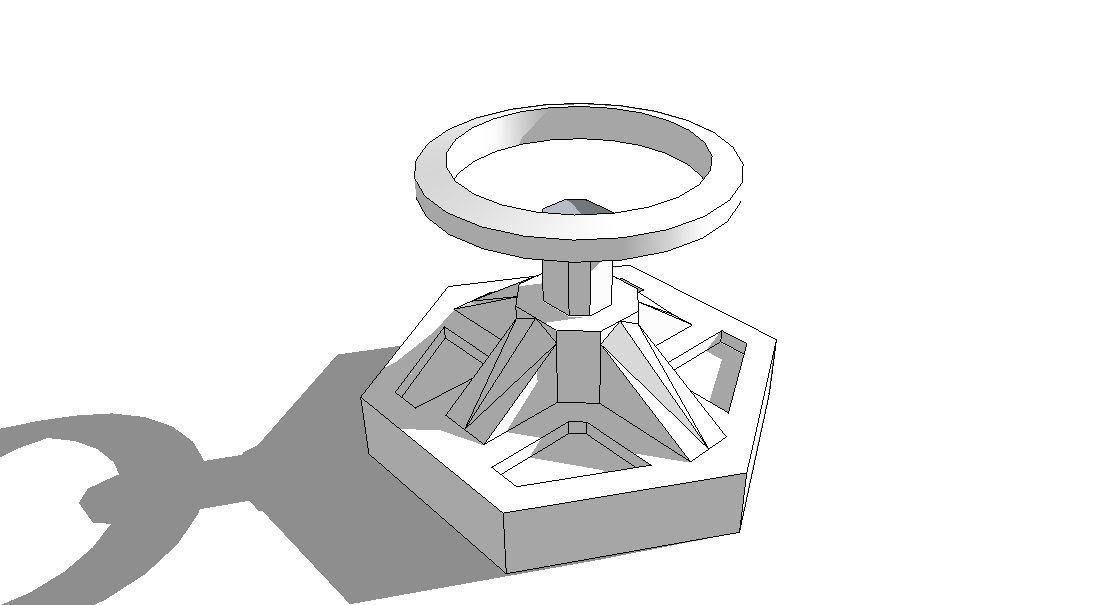Hello and welcome to Tannhauser's 7th devlog.
Today we'll be taking a look at the latest feature which has been added to the game: shields.
In a game where the player often finds himself badly outnumbered, shield modules are something which has been sorely needed. Shields come in several variations and rarities but share a common attribute: while the shield is active, no damage will get through. Unlike armour, however, shields do not have any innate resistance and will always take damage, while a high end reactive heavy armour module will shrug off even an artillery round about half of the time.
There are four base kinds of shield modules:
- Shield batteries: the poor man's shield. Batteries are not capable of recharging by themselves, merely providing a buffer. If the shield is taken down and the ship has no other modules capable of recharging it, it will remain disabled until the end of the battle or until the Captain docks with a shipyard. The advantage of shield batteries, however, is that they do not require any energy to operate.
- Deflector shields: usually with the same capacity as shield batteries but capable of recharging themselves. The recharge rate is low but it means that if the shield is taken offline, it will come back up after a few seconds.
- Null point generators: with a fairly low capacity but high recharge rate, null point generators are excellent for front line ships. Their low capacity means that the player should also have either a deflector shield or a battery working in tandem, as the recharge rate isn't constant: it peaks at about one third of the shield's capacity. Without the additional buffer, it is possible for a well placed artillery round or torpedo to go straight through this balance point, causing the shield to collapse earlier than expected.
- Covariant shield array: a high risk, high reward shield. Similar to a null point generator but with an even higher recharge rate, covariant shield arrays have the downside that if they are overloaded and taken offline the module is destroyed and will require repairs before it can be used again. It also has a very considerable energy drain, so a powerful reactor is needed to be able to keep shields running.
With all the mechanics implemented, I've also started creating a new shield generator module model:

Thank you for reading!
